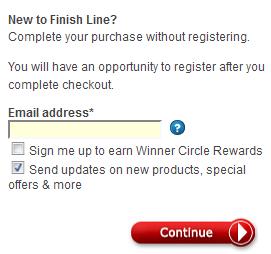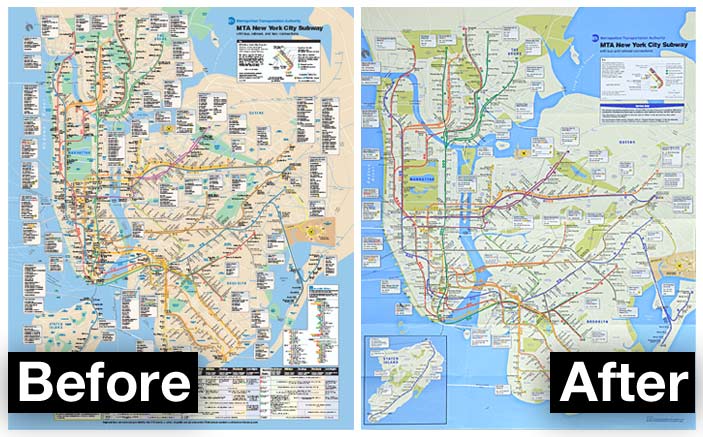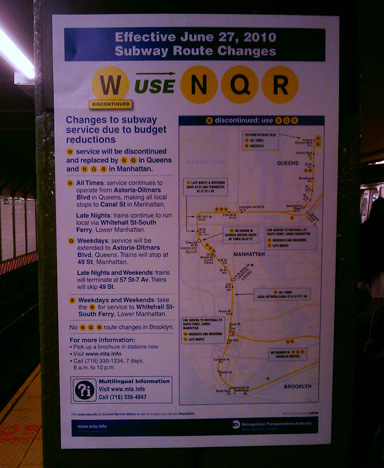It may be a bromide at this point, but “Don’t be evil” has become a suggestion rather than a mantra for the Mountain View giant Google. At the root of it, the tech titan has been outpaced by companies in other online spaces in which Google wished to also lead. In some cases, Google has returned fire in spades and succeeded. But for every Gmail, there are a few Buzz’s and Wave’s. In the past few months and years, it seems that Google has also become increasingly comfortable with implementing opt-out models for its services, despite the consequences.
Let’s start with the big one- Google Buzz. Back in February, Google launched this poor attempt at a (US-based) social network. But what’s even worse was the way users were brought into the system:
Axiom #1: Google wanted all of their users to join Buzz.
Axiom #2: Google had already built up a ton of Gmail users.
Conclusion: Everyone who uses Gmail should automatically be opted into using Buzz.
The way this was done was a huge privacy oversight and a case study on how to alienate everyone. Not only did users see that they were opted in after Buzz launched, but they also soon found that the default settings made all of their mail contacts publicly accessible. You can imagine how this would be a problem for doctors corresponding with patients, men keeping in touch with ex-girlfriends, and people networking with recruiters to change jobs. In short, it was a privacy policy and a public relations nightmare.
 Now, not every Google product launch arrives with such fanfare or contempt. But Google does have a long history of rolling out services, redesigns, algorithms, etc. in extremes and then inevitably scaling back after some much deserved negative feedback.
Now, not every Google product launch arrives with such fanfare or contempt. But Google does have a long history of rolling out services, redesigns, algorithms, etc. in extremes and then inevitably scaling back after some much deserved negative feedback.
While this isn’t inherently evil, it can lead to bad User Experience. Just this past month, Google relaunched its Image search and redesigned the Gmail sidebar. I won’t delve into the plethora of reasons why I dislike the new Image search (it all comes back to Google Page Load time and bad UX), but it was a drastic change and people had no choice when it was initially rolled out. And now, almost all Google users have to deal with it. More recently, Gmail was redesigned with social/user connections at the forefront. Contacts and other Google services were emphasized over actual mail options and filters. The only update remotely mail-related was changing the “Compose mail” button into a clunky Web 1.0 grey box. While I understand the importance of maintaining a consistent brand experience, a lot of these changes don’t help most users. But does Google care?
Recently, there has been a lot of talk about companies being “too big to fail.” With entire industries contingent upon its search engine, Google definitely falls under this umbrella. Barring regulatory review, I don’t foresee any changes in Google’s opt out model practices unless the changes affect litigable issues like Terms of Service or Privacy violations. In general, with Google as powerful as it is in its specialized sectors, there’s little anybody can do about it besides send angry e-mails or blog about it.





